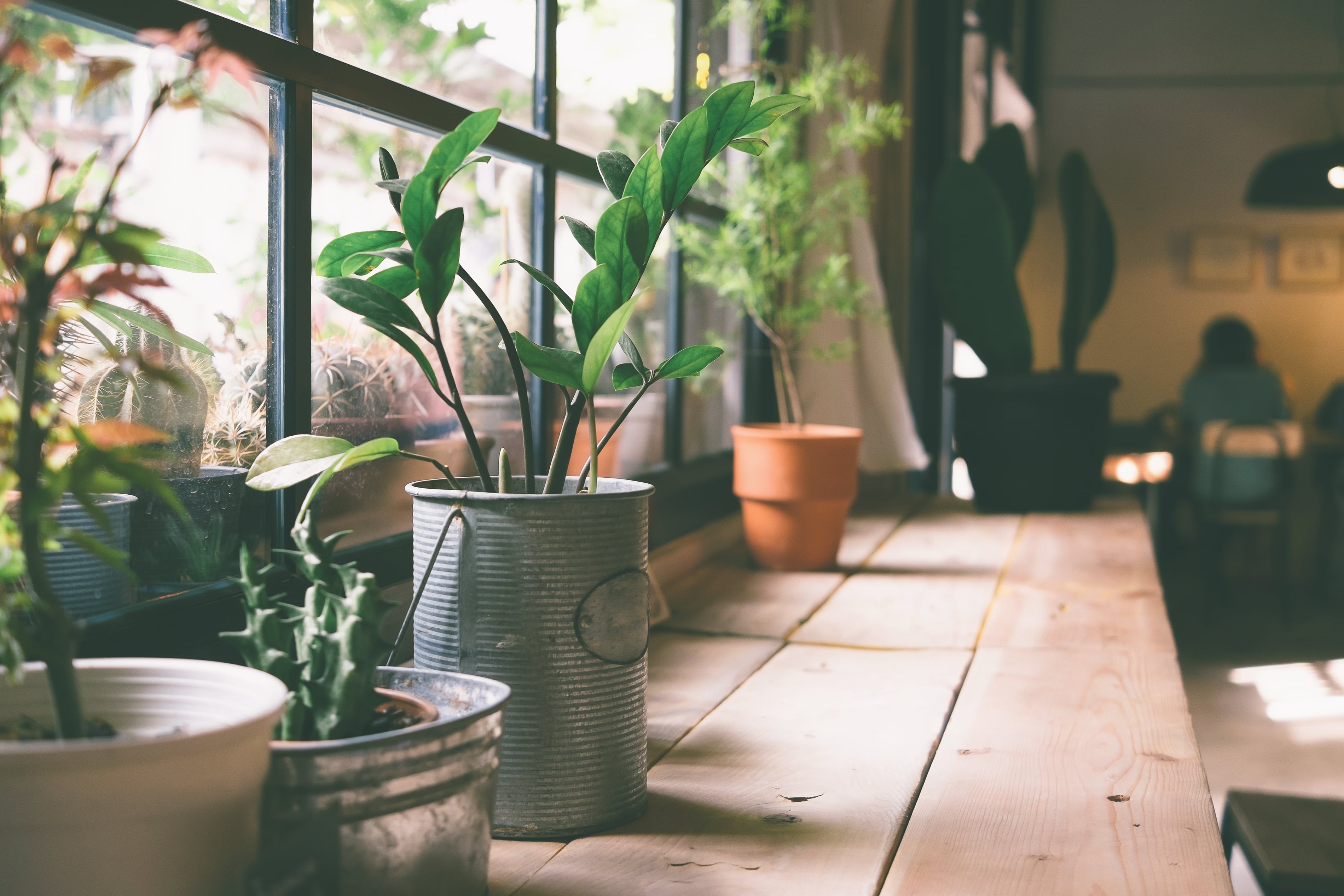Environmental damage is not just a problem for the earth, but for the entire human existence, as well. In 2015, the UN Environment Programme brought together thousands of scientists and hundreds of governments and scientific institutions to examine how damaged the world is.
The study found that some of the most threatening environmental damage are climate change, overpopulation, water scarcity, and rapid urbanization. If these problems continue, even developed countries will have a difficult time recovering.
Not one person can singlehandedly save the earth. It’s a collective effort from world leaders, organizations, and the public. However, you can do something at your home to help with these environmental issues. Apart from waste recycling and installation of a geodesic dome with earth-friendly kits and accessories, you can modify your home to follow the concepts of ecological architecture:
Use of Low-Impact Materials
Ecological architecture highlights the use of low-impact and natural materials like cob. If you’re having your house built or you’re adding an annex, make cob buildings your inspiration. These structures are made mainly of cob, a material that often comes directly from the earth and is combined (by hand or feet) from sand, clay, and straw.
There are also other alternatives for new wood, and these minimize the consumption of new materials and preserve forests. These include recycled wood and plastic and composite lumber.
Energy-efficiency
Sustainable architecture aims to design buildings that save energy. Builders and homeowners can do this by adding green roofs and solar shingles. Solar shingles are different from traditional solar panels in that the former can be integrated directly into the roof and wired into your home’s electrical system. But, you should consult an engineer or an architect about whether your roof is at a good angle to collect the sun’s energy.
On the other hand, a green roof is like a rooftop garden, where you install a waterproof barrier and add soil and plants. You will also need to have adequate drainage. Again, you should work with a builder to make sure your roof can hold the weight of the plants, herbs, or moss. All of these can help insulate and improve air quality at home.
Improving Indoor Air Quality 
At home, there are potentially hazardous elements such as mold, chemicals, and dust in the air that occupants might inhale. Air quality can be improved by using non-toxic paints and alternatives to adhesives that may contain hazardous solvents like toluene. You can also have an exhaust system installed to allow fresh air to flow inside your home.
Rainwater Harvesting
Solid waste isn’t the only thing that can be recycled. With a “green” design, you can harvest rainwater for reuse. The process can be as simple as using rain barrels that collect water for use in cleaning your yard or irrigating the garden. You can also integrate the process into your home’s irrigation system.
With this process, you can save money from water bills and help conserve water. However, it’s important to check with your state laws or city ordinances if rainwater harvesting is legal in your area.
There are many ways to help save the planet, and you can start with small things: reduce your use of plastic. Then, you can move forward with bigger things: make your home more sustainable. These all add up. And if everyone else starts practicing these, too, soon enough, the planet will start to heal.

